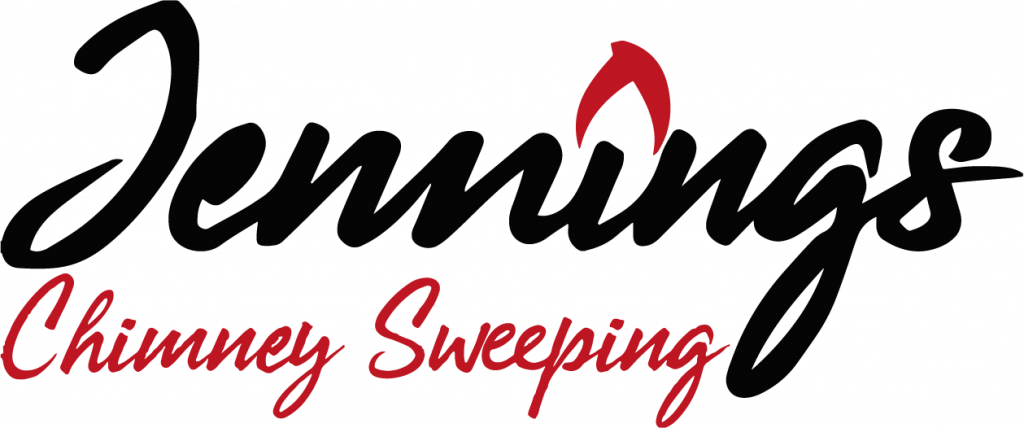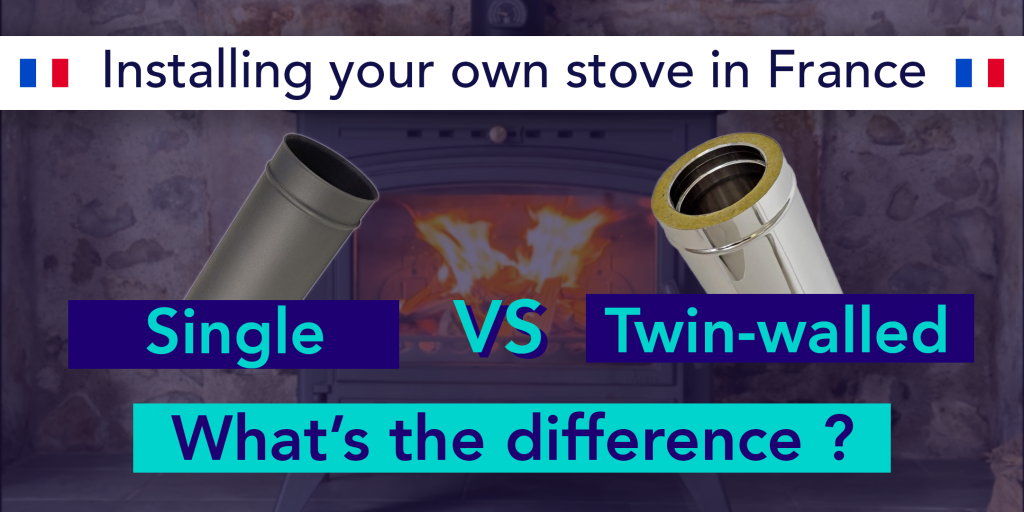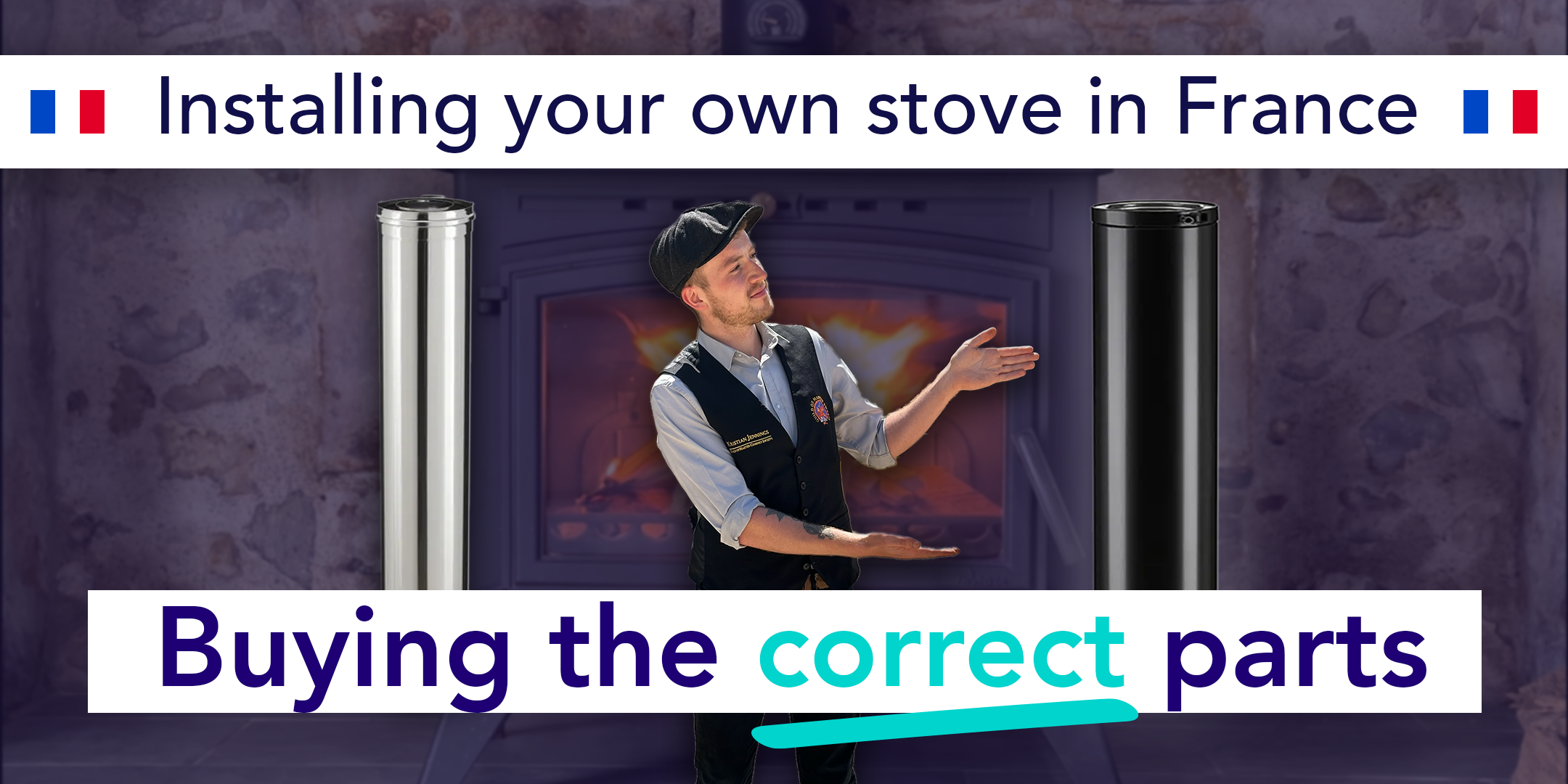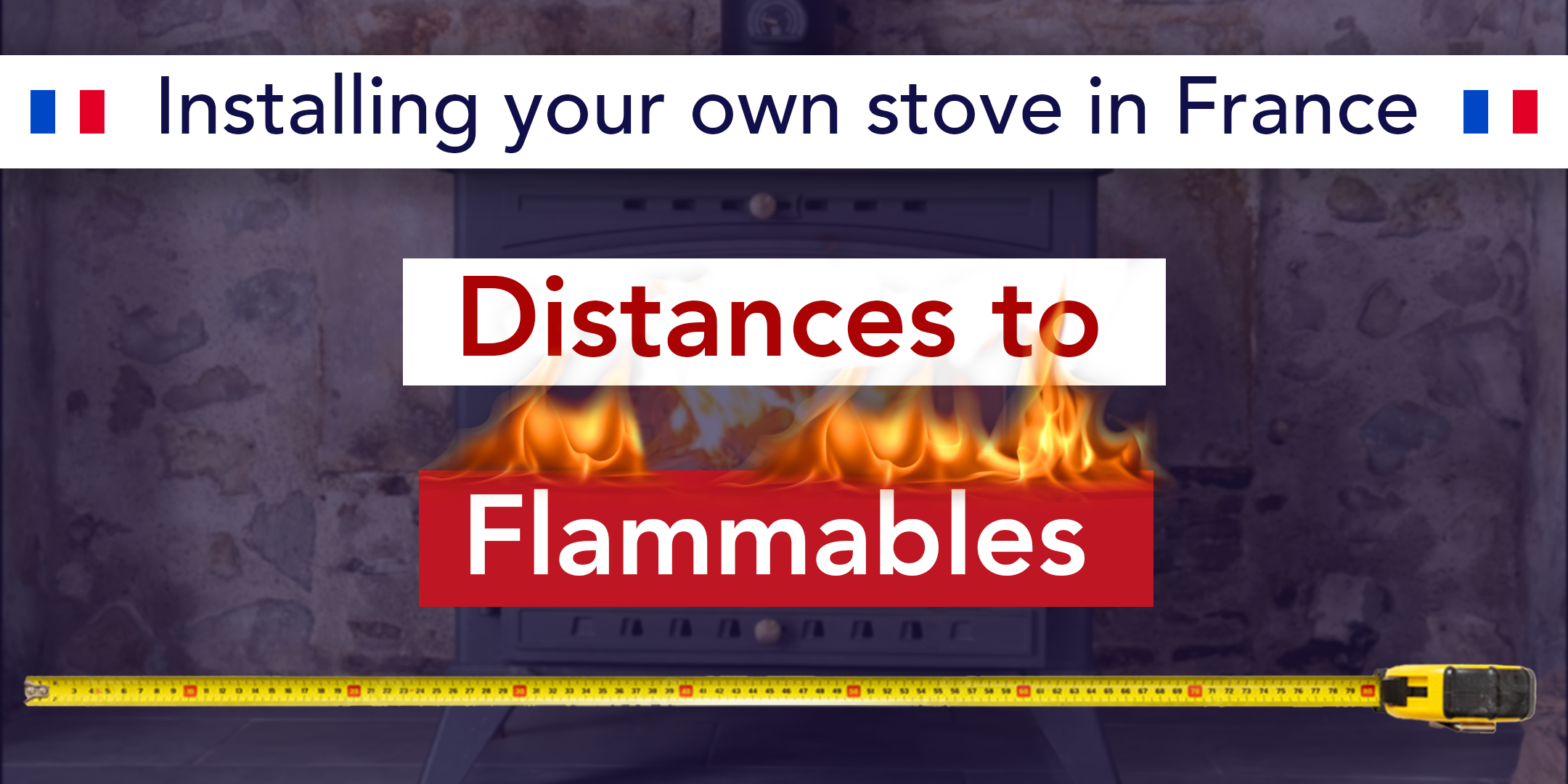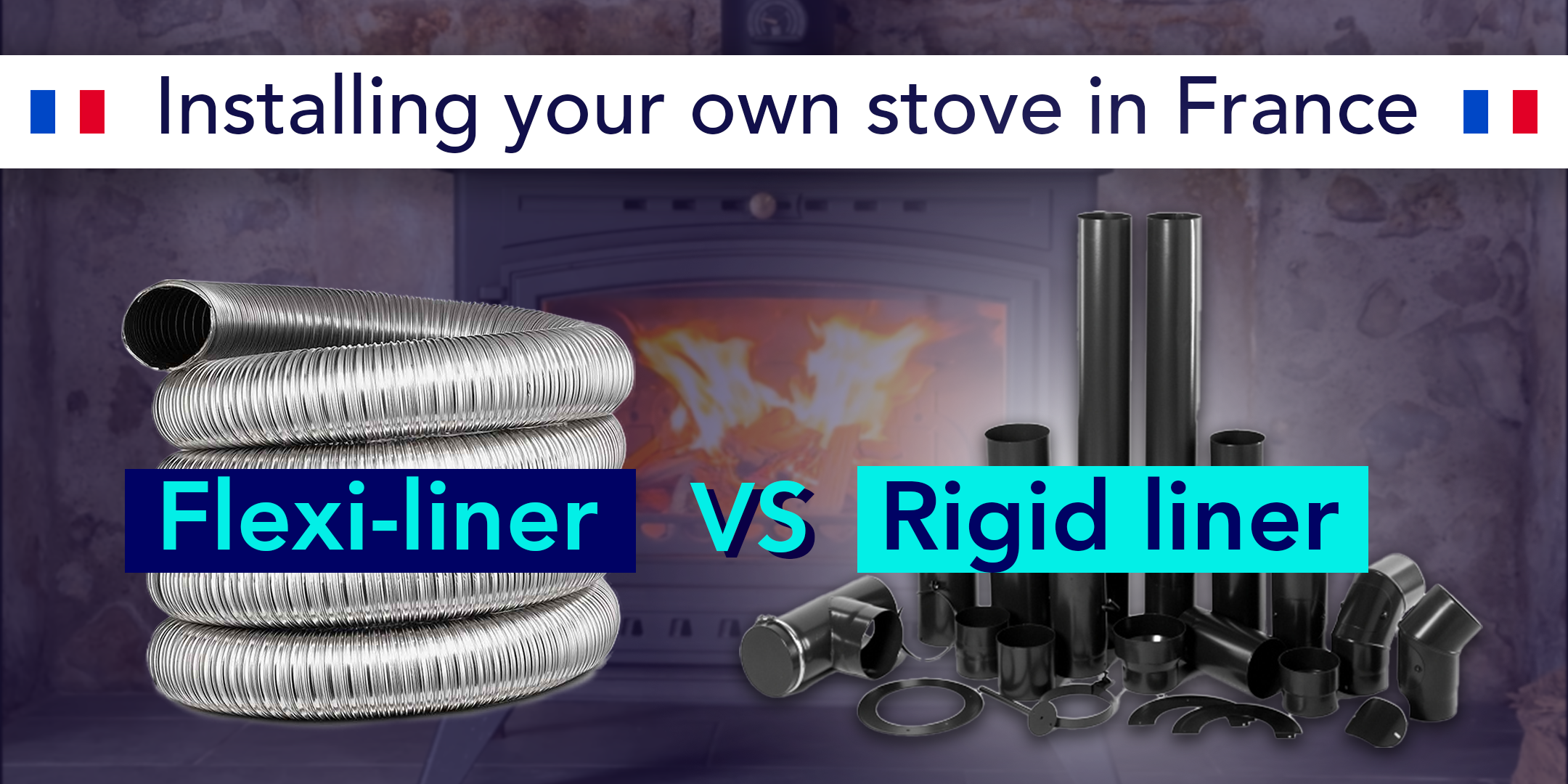Previously, we have looked at the differences between flexi vs rigid chimney systems and dissected the different designation numbers given to chimney parts to make sure we are buying the correct pieces for our chimney systems. One thing we have yet to cover however is the differences between single and twin walled chimney systems and in what circumstances you would use one over another.
What’s the difference?
Twin wall chimney systems have a second stainless steel wall surrounding the internal wall (which houses the smoke). The second outer wall houses a layer of insulation between the inner and outer walls of the twin wall system. This allows the inside flue gas temperature of the chimney to stay hotter and reduces the temperature of the exterior of the chimney pipe.
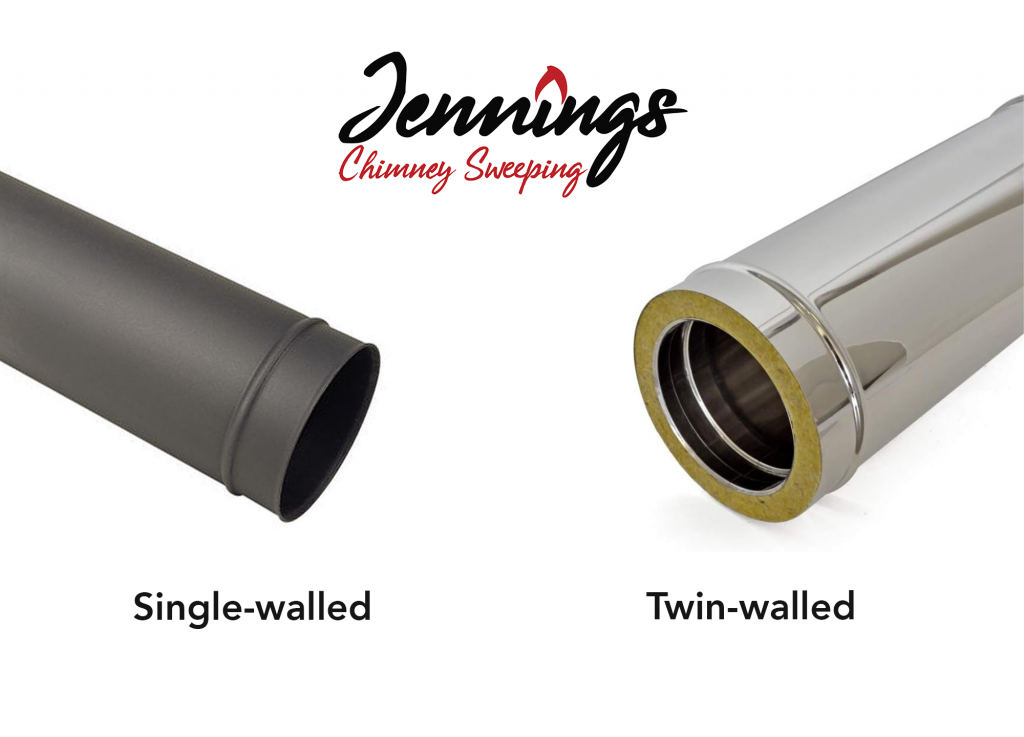
Why does it matter?
To understand why this is important we first need to take a quick lesson on the fundamentals of chimneys. When burning wood, 80% of the heat that we benefit from actually comes from the wood smoke (known as volatile hydrocarbons). Ideally, using good burning practices, we aim to cause all the smoke to combust before it escapes the stove and is lost up the chimney as wasted fuel. As there is no stove on the market which has achieved 100% efficiency, some smoke will undoubtedly end up in the chimney. It is the job of the chimney to funnel this wasted fuel/smoke out the top of the chimney swiftly and efficiently before it has a chance to cool down and condense as creosote/tar.
Like any substance that can change state, smoke too has a dew point at which it turns back from a gas to a solid. For smoke, this temperature is 125°C. It is the job of the chimney to keep the flue gas temperature above this point, to allow the smoke to remain a gas and escape the system rather than cool and condense as creosote/tar and get stuck, beginning the cycle of a ‘clogged’ chimney, or worse, a chimney fire.
When to use single vs twin walled systems
Every single chimney system must be insulated to allow the flue gas temperature to remain above the 125°C mark and thus allow the chimney to function. We are able to use single walled parts only if they receive passive insulation by way of being installed inside of an existing brick chimney or in the room in which the system is situated. The 4 walls of your home (or existing chimney) trap the heat inside the house which provides insulation passively to the chimney, allowing it to stay at an appropriate temperature.
If you wish to install your chimney liner where it will be exposed to the outside world (on the exterior wall or above the roof without an existing chimney present) it is paramount that a twin wall system is used. Without the insulation that twin walled parts are designed to provide to the chimney system, the uninsulated parts are left to battle the outside temperatures and elements which is not what they are designed to do. Without the chimney being adequately insulated, two things happen:
Firstly, the cold temperatures in combination with the wind, rain, snow, etc cause the flue gas temperature to drop dramatically and prevent it from staying above the oh-so-important 125°C mark. This causes the exhaust gasses to instantly condense in the chimney, forming massive amounts of creosote/tar which are not only flammable (and so present a fire risk) but also begin to block the flue as the internal diameter reduces. This affects the draw of the system, especially when first lighting the stove and also increases the risk of gasses escaping back into the home, providing a risk of carbon monoxide poisoning.
Secondly, the exposed metal will induce condensation both of the interior and exterior of the uninsulated pipe. This causes the system to rust and reduces the systems life expectancy but also further exacerbates the issues with the lowered flue gas temperature. Any moisture in a chimney system (wet wood for example) must first be turned to steam and evaporated up and out of the flue. This takes energy which is stolen from the flue gas temperature dropping it further and contributing to the already doomed condensation of the wood smoke to creosote/tar.
Second benefit
There is a second benefit of twin walled systems that you may need to consider even if your chimney system will be housed inside the 4 walls of your home or in an existing chimney. Insulated chimneys are nowhere near as hot on the outside of the pipe allowing us to reduce the required ‘safety distances to flammable objects’ from ‘3x the diameter’ of the chimney pipe with a single walled system, to just 80mm with an insulated one. This is beneficial when passing close to irremovable flammable structures like wooden beams etc. You can read more about Safety distances to flammables here.
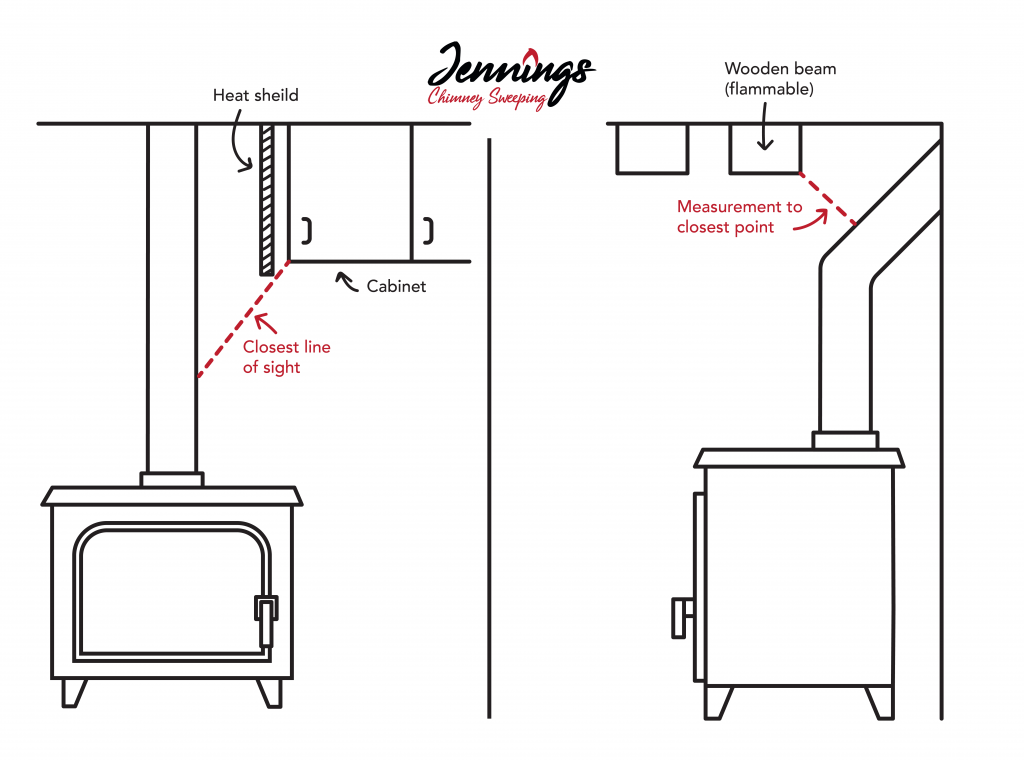
As Single walled chimney pipe is cheaper than their twin walled counterparts, it has been known for DIY installers opt to use the cheaper pipe on the exterior of the property, not understanding the difference between the two. Although there is the initial benefit of saving some euros, this ultimately ends up being a much more expensive option as the entire chimney system becomes compromised leaving the installer with no choice but to start again.
